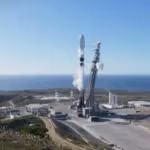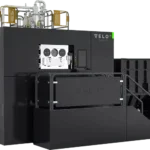
Northrop Grumman [NOC] has delivered its ESPAStar-D spacecraft bus to L3Harris Technologies [LHX] in Palm Bay, Fla. in preparation for the planned fall 2023 launch of the National Technology Satellite-3 (NTS-3)--one of four Department of the Air Force Vanguard programs to push the technology envelope. The geosynchronous orbit NTS-3, which the Air Force named a Vanguard in 2019, aims to alleviate interference to satellite position, navigation and timing, including for the U.S. Space Force's GPS satellites. Northrop Grumman said that…














